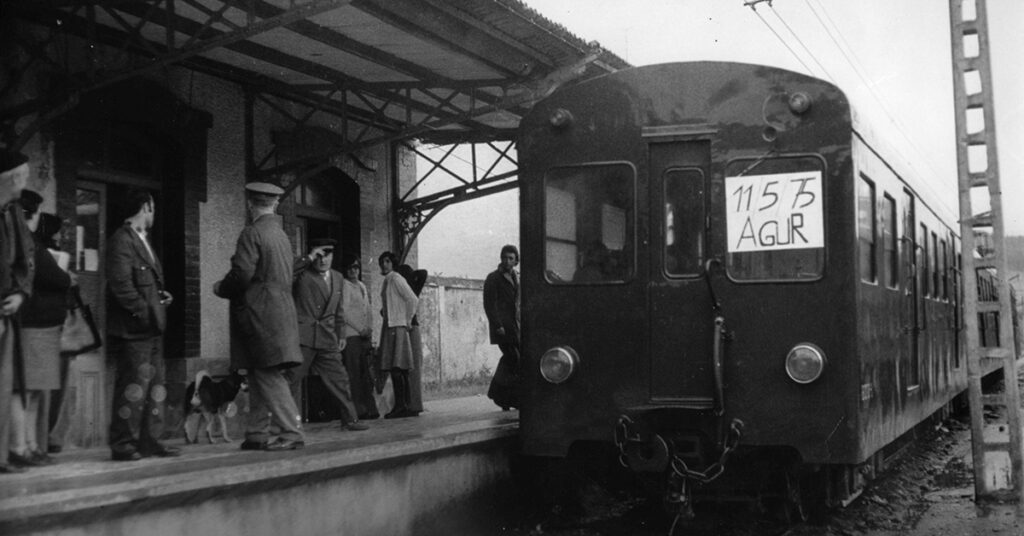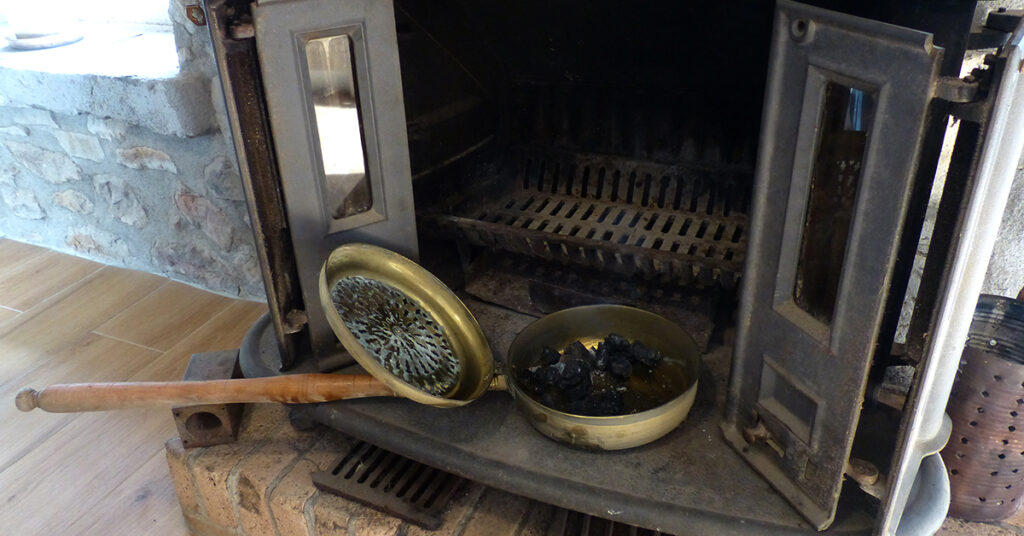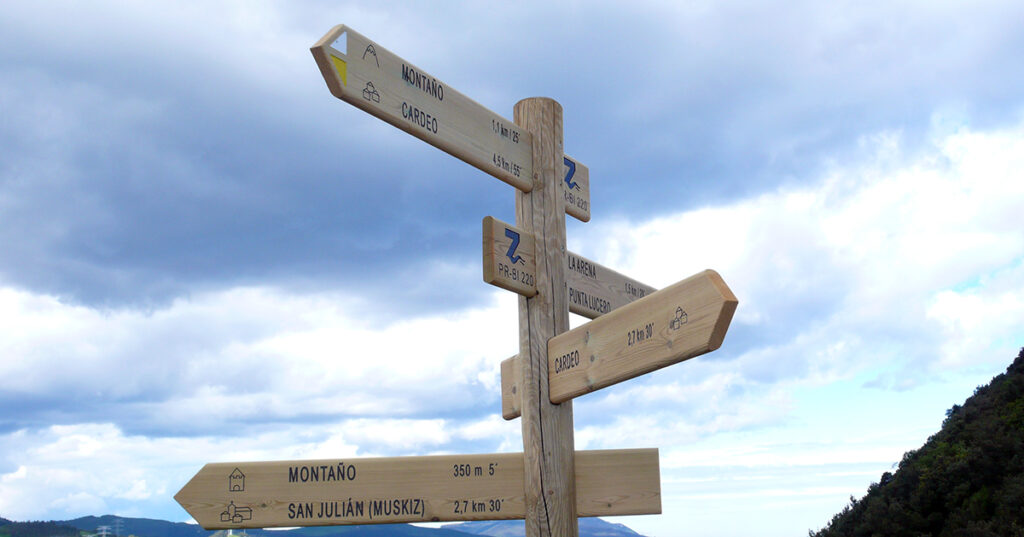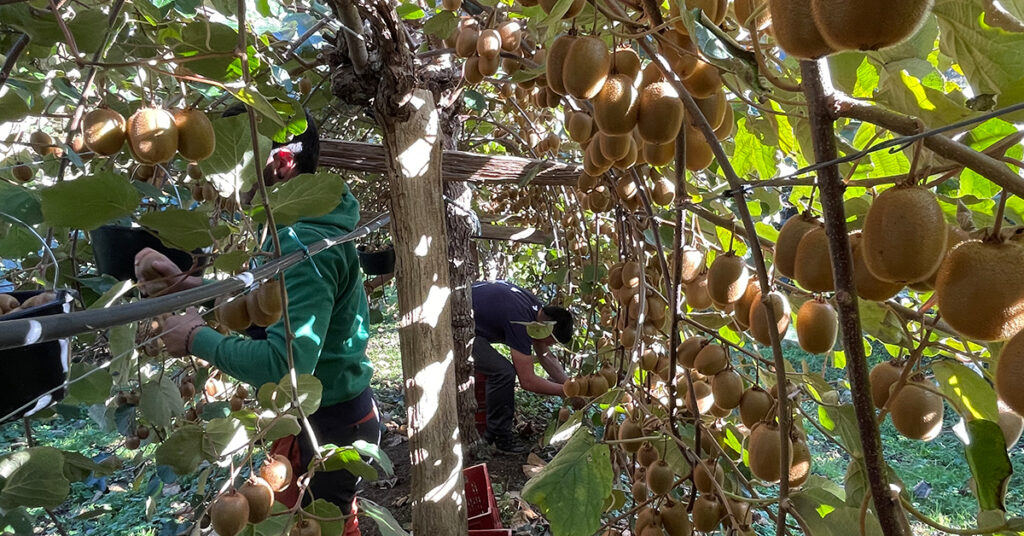Basque ethnography at a glance
In days gone by, the train was the means of travelling between many towns and the capital, as few families owned their own vehicle. Towns that did not have a station or a train stop were served by bus, which also supplemented the available rail service. A train journey today makes us feel nostalgic as we watch the landscape go by. It takes us back to our childhood when we travelled with our parents. (more…)
The temperature and environmental conditions in our climate zone change with the seasons, and also each day, depending on whether the sun is shining or the phases of the moon. Our body cannot always adapt to those changes and needs the help of different systems to ensure our body temperature stays as constant as possible.
Fire is our main ally to overcome the cold. The hearth needs to be constantly stocked with wood to keep it alight during the long winter nights; something we cannot do while we are asleep. The kitchen (sukalde, fire zone) has always kept the areas near it warm; the problem is how to heat the rest of the house and the bedrooms can be very cold at night during the winter months.
An extensive network of ways, tracks, trails, paths and lanes crisscross the Basque Country for people to enjoy nature, learn about the past and to use for outdoor activities. That may sound like an advertising slogan, but it is rather praising their use, enjoyment and learning about the history where they can be found.
It would probably be hard to find another place where so many GR (Gran Randonnée long-distance trails), PR (Petit Randonnée short-distance trails), greenways, etc. exist in such a small physical space. However, that has not always been the case. The proliferation of this mesh of routes has occurred in the last 50 years. Strangely enough, it is the result of a wide range of earlier religious, livestock, industrial or commercial uses, to name a few. (more…)
As summer gives way to autumn, the farming and livestock cycle follows its course in Zuberoa. The sheep are brought down from the mountain uplands and are sheared on days known as Bixkarka. The first lambs will be born in the folds during the coming weeks. When it comes to the crops, the corn cobs have filled out and ripened after several months of growth and will be harvested in October and November; and the apples, pears, sweet chestnuts and walnuts will be gathered from the fruit trees, along with grapes from the vines.
Some people believe that the kiwi is a winter fruit, but we should point out it is an autumn one, as that is when it is harvested. The characteristic appearance of the kiwi is down to the heat of the summer, but it is the chill of the autumn nights that causes the sugar to form in this fruit from New Zealand. They are ready to be harvested when the sugar has reached the desired level.





